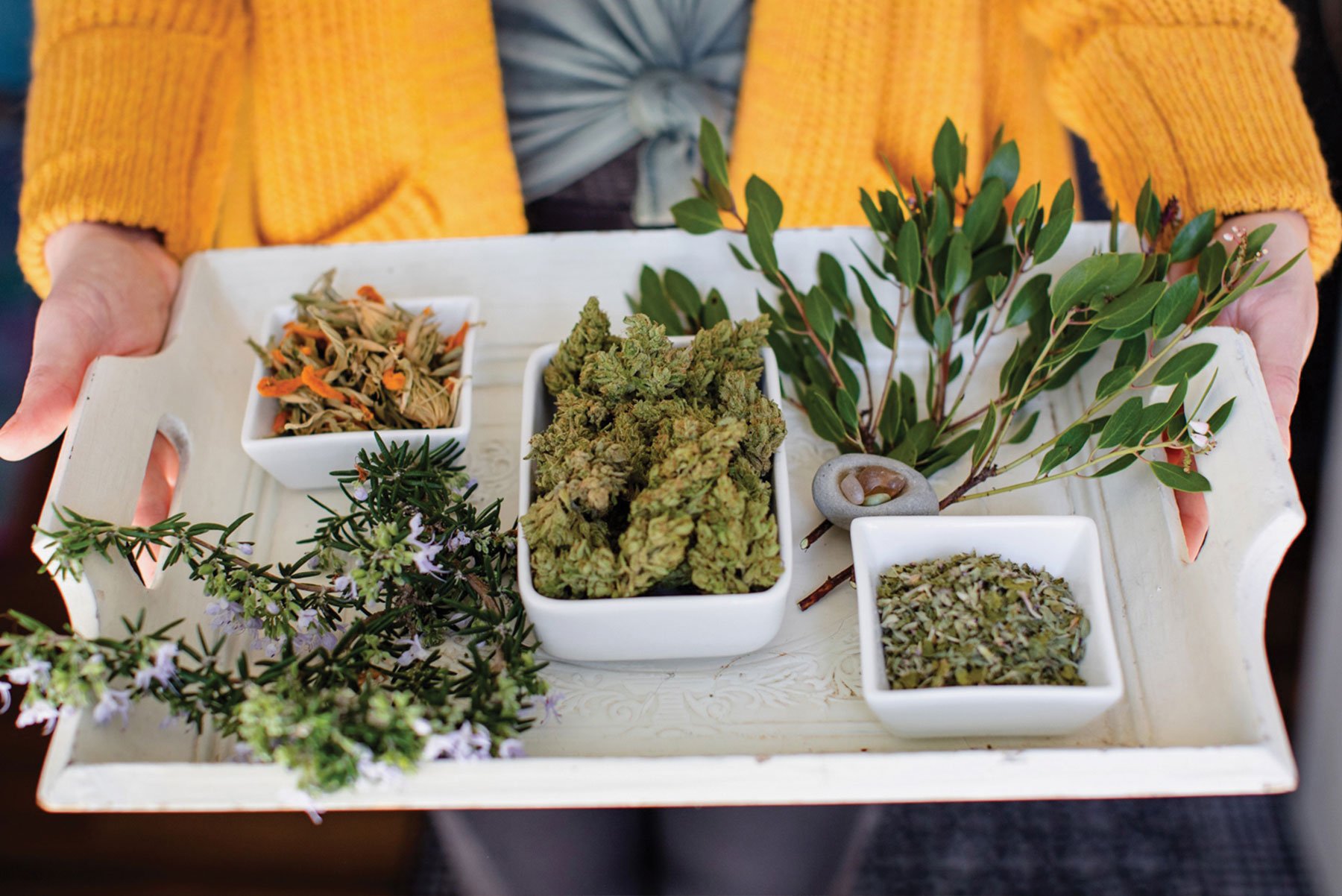
Cash Crop Misconceptions
Starting a hemp growing business was a decision motivated by two things — sharing the therapeutic power of hemp with others and a chance to save my family farm in Creston. Since my wife and I started SLO Hemp Co., we’ve experienced a number of challenges both with the delicate growing process and San Luis Obispo County regulations.
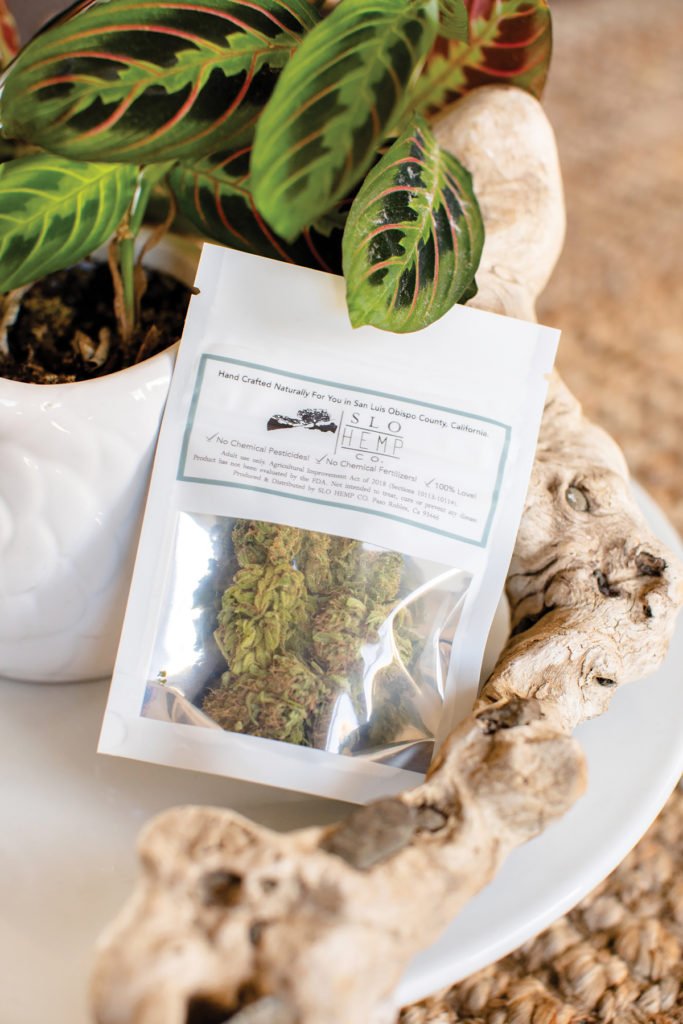
I believe in the power of the plant. Using both cannabis and hemp products, I successfully treated many of my health issues over the years without over-the-counter or prescription drugs. But I wasn’t that fond of the strong intoxicating effects of THC. I quickly learned CBD-dominant hemp was the fit for me and I wanted others to know about this plant too.
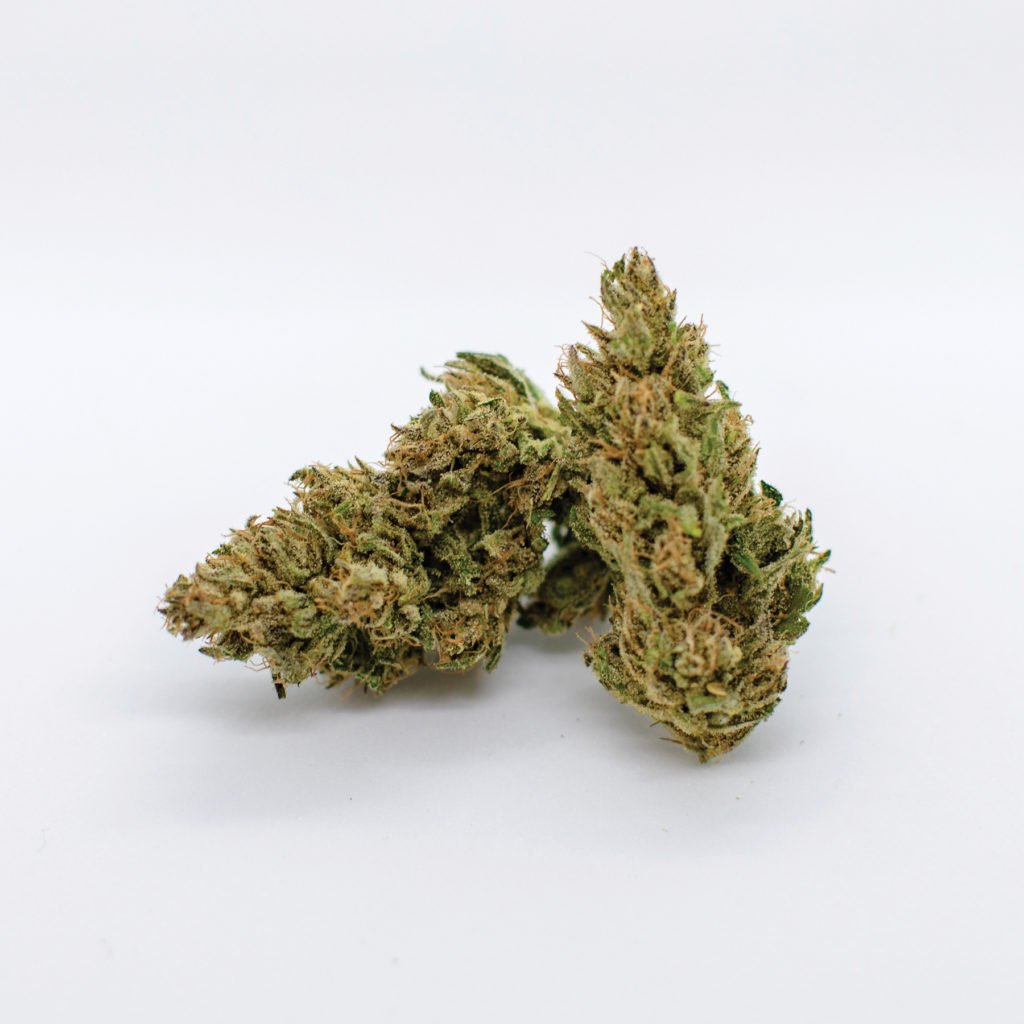

We’re not a CBD company; we’re a hemp company. We don’t currently sell formulated CBD products; raw natural hemp flower is our product. You can get our hemp flower for a small fraction of the cost of most CBD products, and use it in whatever ways you find that bring you the most relief, joy and peace. The plant can improve sleep, reduce anxiety and help reduce chronic pain in a natural, holistic way.
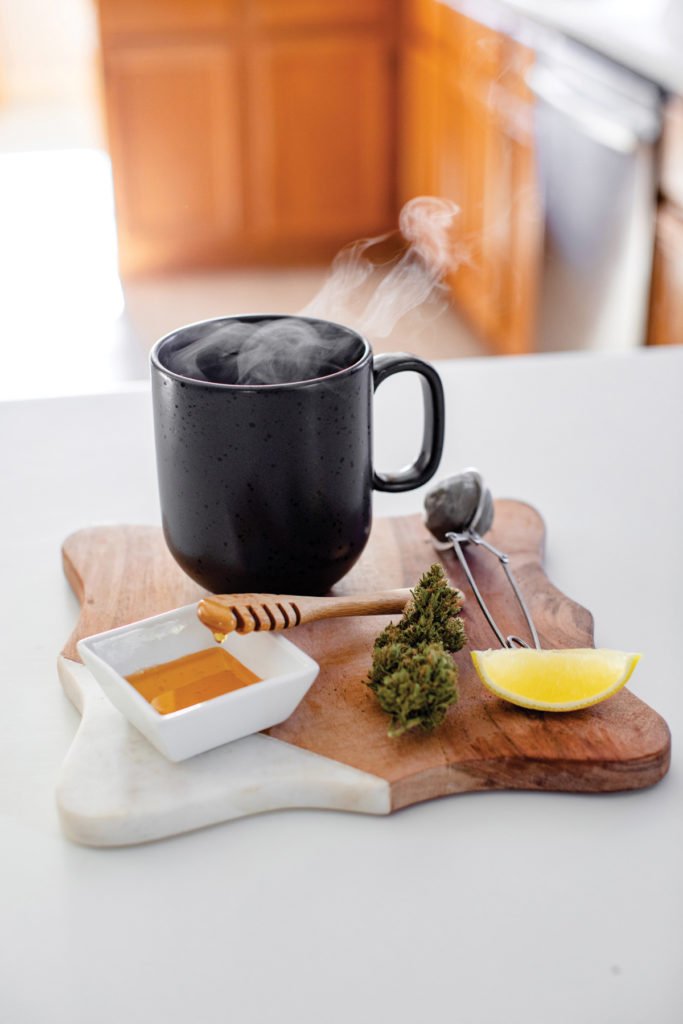
Another reason behind our decision to grow hemp was the potential for this crop to save our family farm. By generating enough income we had hopes of keeping the expensive land that is my childhood home. We’ve yet to realize that part of our dream, though, due to action by the SLO County Board of Supervisors that rendered our 50-acre, ag-zoned farm ineligible for planting outdoor hemp. We had submitted our application to grow hemp as soon as possible once California opened the commercial cultivation process April 30, 2019. About 50 days later, after I made investments to grow hemp on 20 acres of my family farmland, the board issued a temporary moratorium on hemp cultivation. After losing 75 percent of my startup costs to that decision, we decided to lease a half-acre of land from a friend, whose application for growing hemp was approved before the moratorium. Now, since that temporary moratorium was lifted and replaced last June with a permanent ordinance, the land we lease in the Adelaida wine appellation and my family farm are now ineligible for hemp cultivation.
Growing hemp and making it profitable are challenging, which I think is a common misconception about this industry. Everyone thinks they’re going to get rich quick and easy, but that’s not even true for the commercial cannabis industry and it’s certainly not the case for the industrial hemp industry. Our crop is planted and harvested by hand and we only apply organic fertilizers and organic pest management, all of which takes more time and money.
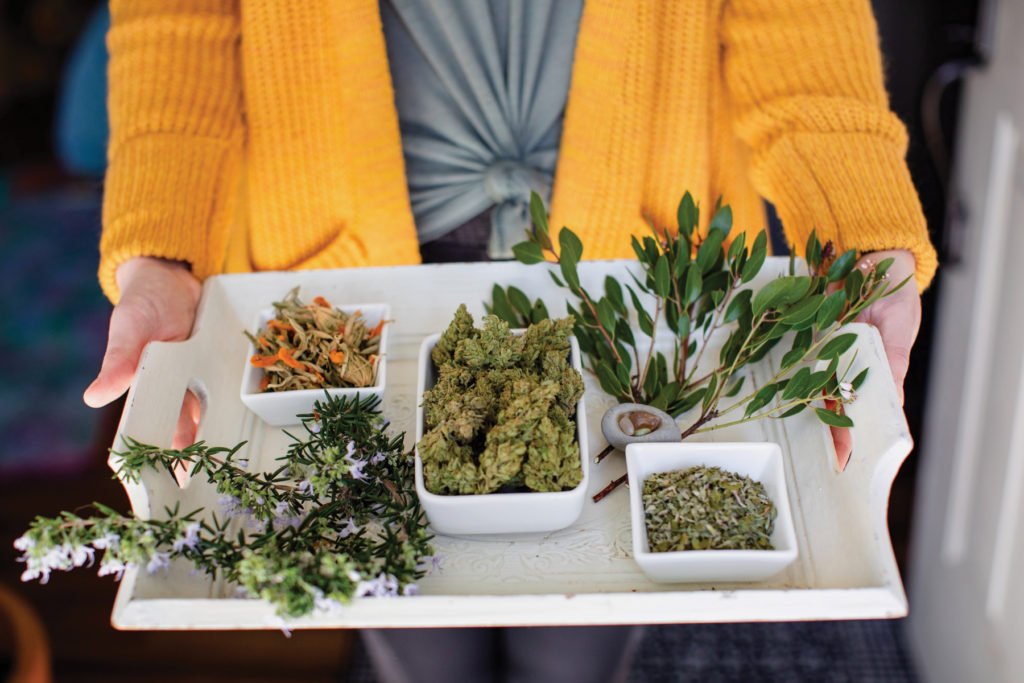
To be clear, there is a brief period during mid-summer on the farm when everything is planted and the plants are well established that the daily work is truly enjoyable. The feeling of calm and peace that comes over you while walking the rows at sunrise is unexplainable and can’t be found anywhere else. Those moments make it all worth it, but they seem few and far between during the frantic preparations of springtime planting and harvesting in the fall.
The preparations in spring leading up to planting can be daunting. Not only do we need to find reputable sources offering cultivars with traits suited for our specific needs, but we also have to make sure they are going to mature and still stay under the 0.3 percent THC limit in order to meet the legal definition of hemp.
In order to safeguard for this, we start taking small samples of our plants in the fall season after they are well into the flowering cycle. These samples are tested by a local lab for THC and CBD potency, so we can closely monitor the two cannabinoid levels as they rise each week the flowers mature. We set a date to have local inspectors come take random pre-harvest samples from our field to send out to an independent lab for total THC testing. This date starts a 30-day window in which the crop must be harvested. But first, we must wait a nerve-wracking 10-plus days for our lab results. If we set the date too early, THC will be low but CBD will also be low and flowers will be immature and low value. If we wait too long, flowers will ripen nicely and CBD levels will be very high but THC could go over the limit, an industry term called “going hot.” Two failed tests in a row mean the entire contiguous field must be destroyed. All investments in that crop, up to that point, are lost.
We are doing our best to survive in this industry and continue growing our business because we truly believe in it. We currently sell our products online through our website and across the county at Caliwala Food Market & Deli in Santa Margarita, Kin Coffee Bar in San Luis Obispo and Soto’s True Earth Market in Cambria, along with other Central Coast shops. The unfortunate reality is we may have to consider moving our operation to Santa Barbara County, but my roots in San Luis Obispo and the partnerships we have with businesses here will always keep us tied to the area.

